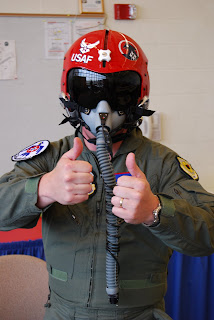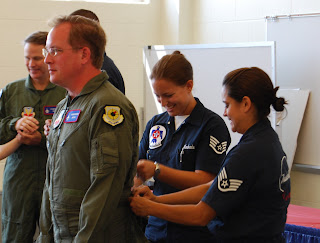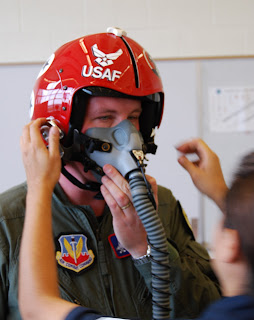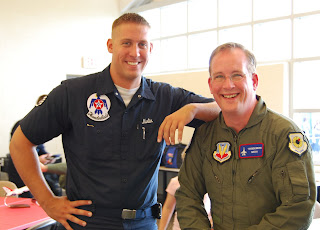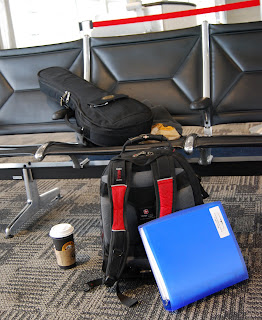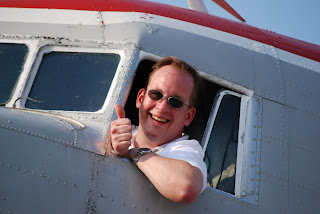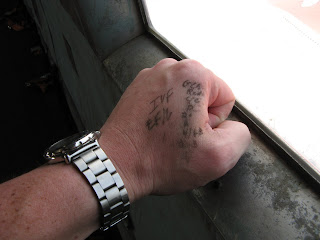 Subscribe to Airspeed through iTunes or your favorite other podcatcher. It’s all free!
Subscribe to Airspeed through iTunes or your favorite other podcatcher. It’s all free!
These are the show notes to an audio episode. You can listen online right here by clicking: http://media.libsyn.com/media/airspeed/AirspeedThunderbirdsRide2.mp3.
Photography by Tim Reed.
Radio and other audio media: Download the takeoff audio to run with my interview at http://media.libsyn.com/media/airspeed/TB-Takeoff.mp3 (1MB).
I got the Thunderbirds ride! Unbelievable! Didn’t want to get too excited because anything can happen from a schedule change to a malfunction at the hold-short line. But it happened!
And get this . . . I have 1.0 hours dual received in the logbook! In the F-16D. If it gets any better than this, I’m not sure I can handle it.
Here’s the deal. I’m posting the best of the pictures here this morning. Then I’m heading for the airshow to shoot more pictures and interview an Air Force recruiter in connection with the Thunderbirds story. After the airshow, I head home and Rod Rakic (CAPblog publisher, fellow CAP captain and Air Force aviation enthusiast) and I are going to sit down and hangar-fly the whole thing from beginning to end to talk about the experience. I think that will be a great way to make sure that I get the whole experience brain-dumped early on and then I can do a summary episode with the audio (and, yeah, as soon as I can get the video drivers to work, I’ll post video!) this week later on.
Anyway, above is the briefing with Maj Tony Mulhare, No. 8, the advance pilot and a narrator for the team. He briefed me on all of the procedures around 2:00.
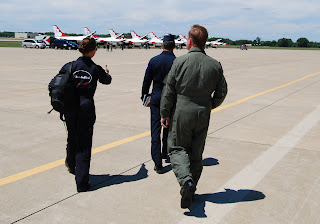
The walk to the aircraft with Maj Mulhare and SSgt Kristi Machado. We launched just before the team’s demo for the afternoon, so we went up just before the diamond launched. 350 KIAS to the end of the runway and then a 4-5-g pull vertical to 10,000 feet or so within a few seconds. I got to see the diamond launch from 15,000 feet above.

In-cockpit briefing with Maj Mulhare. Somehow, I don’t remember arming the ejection seat as being a checklist item on any other flight! The briefing is mainly about things not to touch and a few things to touch. I had control of my oxygen and the COM radios. COM1 for ATC (Minneapolis Center for most of the ride) and COM2 for the discreet frequency for the team so we could hear the demo going on.
After the flight with Maj Mulhare in front of F-16D No. 8.
Receiving the nine-gee pin. I’ll get a macro lens at some point and post a picture of it. Only those who have pulled nine gees with the USAF Thunderbirds get to wear this baby.
Look for more audio Sunday morning as I post the episode with the full download of the experience!
